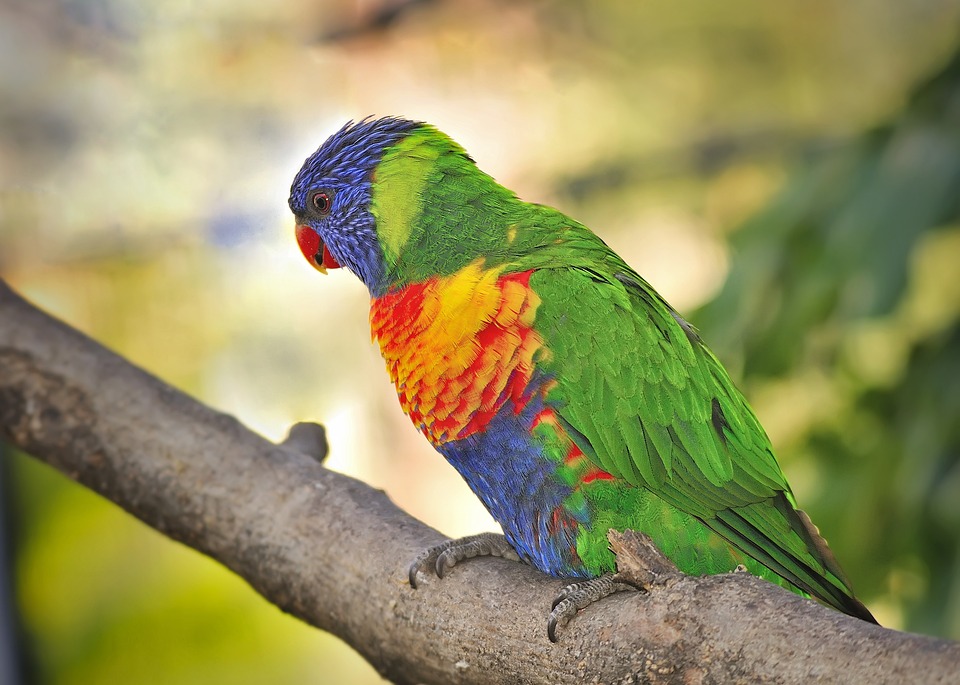Parrots are highly intelligent and social creatures that require mental stimulation and physical activity to thrive. One essential aspect of their natural behavior is foraging – the act of searching for and obtaining food. In this article, we will delve into the importance of understanding parrot foraging behavior and how it contributes to the overall well-being of your feathered friend.
Foraging behavior in parrots is not just a random activity, but rather an instinctual behavior rooted in their wild counterparts. In the wild, parrots spend a significant amount of their time foraging for food, which provides mental and physical stimulation. By understanding and replicating this behavior in captivity, we can help keep our parrots mentally engaged and physically active.
Engaging in foraging behavior helps prevent boredom and associated behavior problems that can arise in parrots kept in captivity. When parrots are bored, they may exhibit negative behaviors such as excessive screaming, feather plucking, and aggression. By providing them with opportunities to engage in natural foraging behaviors, we can keep them mentally stimulated and prevent these issues from occurring.
Several factors influence parrot foraging behavior. Species-specific behavior variations mean that different species of parrots may have different foraging preferences. Age and developmental stages also play a role, as younger parrots may require simpler foraging opportunities compared to older, more experienced individuals. The environment and cage setup can also impact foraging behavior, as providing a stimulating and enriching environment encourages natural behaviors. Finally, diet and nutritional considerations are important, as parrots need a balanced and varied diet to stay healthy.
To encourage natural foraging behaviors in parrots, it is important to provide appropriate foraging opportunities. This can be done by introducing foraging toys and puzzles, incorporating food-dispensing devices, and hiding food in different areas of the cage or aviary. Varying foraging experiences is also crucial, as offering different textures and sizes of foraging materials, rotating food and treat options, and encouraging natural foraging behaviors outside the cage can keep parrots engaged and stimulated.
Common foraging problems that parrot owners may encounter include over-reliance on owners for food, excessive food waste and mess, and aggression or possessiveness towards food. To address these issues, gradual reduction of hand-fed meals can encourage independent foraging, choosing appropriate foraging toys can minimize waste and mess, and implementing positive reinforcement training techniques can address aggression or possessiveness. Using separate feeding stations for multiple birds can also help prevent conflicts.
In the FAQ section of the article, commonly asked questions about foraging toys, suitability for different parrot species, frequency of changing foraging materials, hoarding behavior, and refusal to eat from foraging toys can be addressed. By providing answers to these questions, parrot owners can gain a better understanding of how to incorporate foraging into their parrots’ daily lives.
In conclusion, understanding and promoting natural foraging behaviors in parrots is crucial for their overall happiness and well-being. By providing appropriate foraging opportunities and addressing common foraging problems, parrot owners can ensure that their feathered companions lead fulfilling and enriched lives. Remember to consult with avian experts or veterinarians for personalized guidance tailored to your parrot’s specific needs. Happy foraging!









